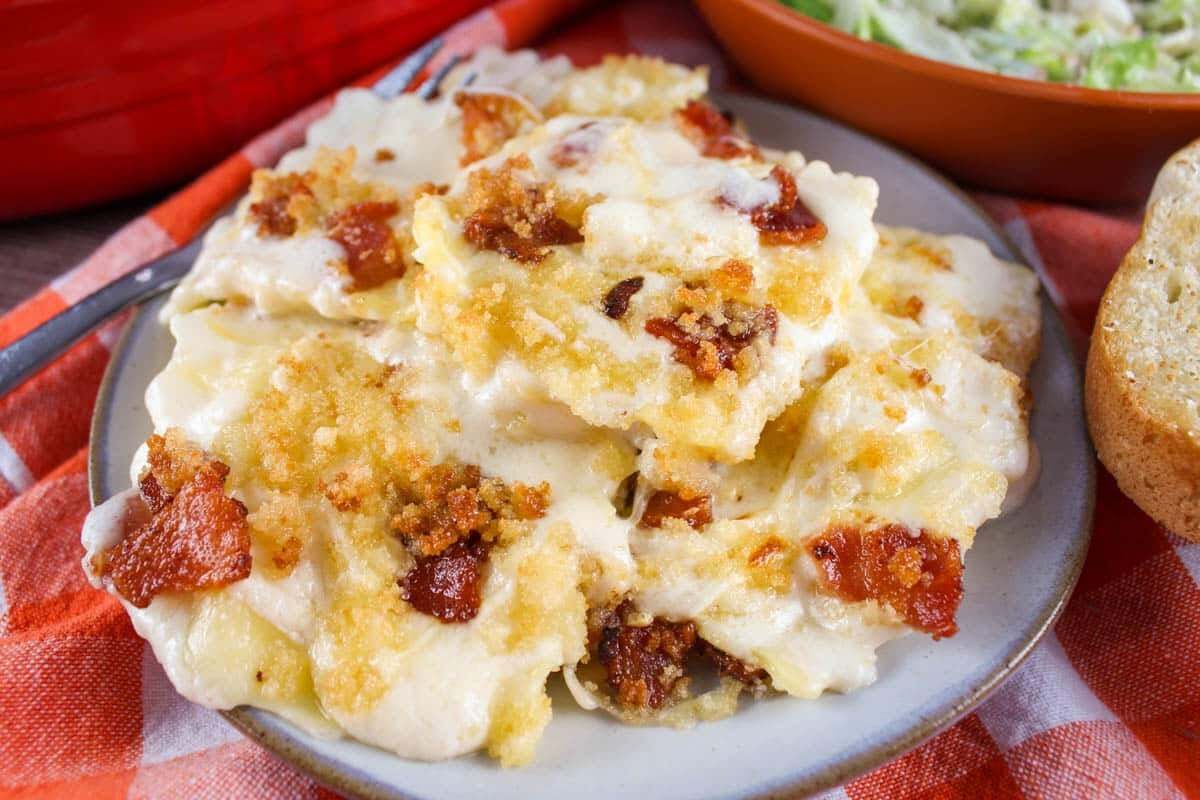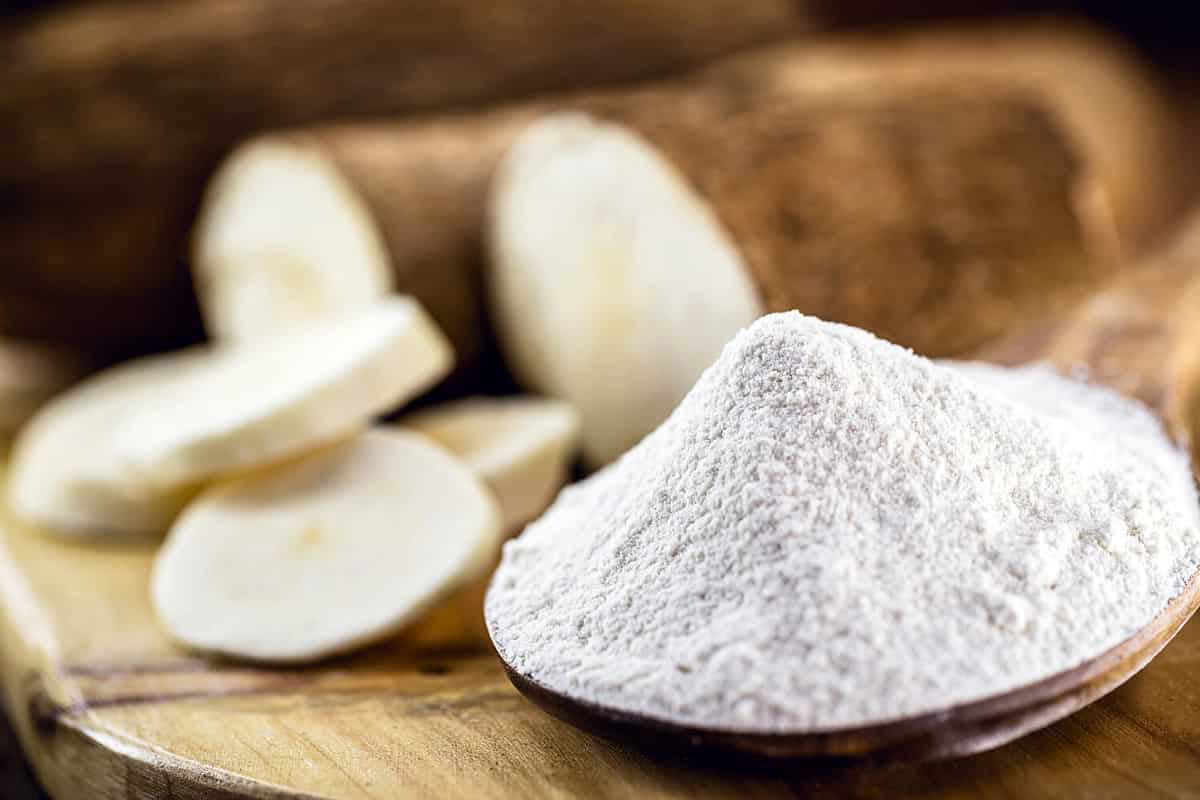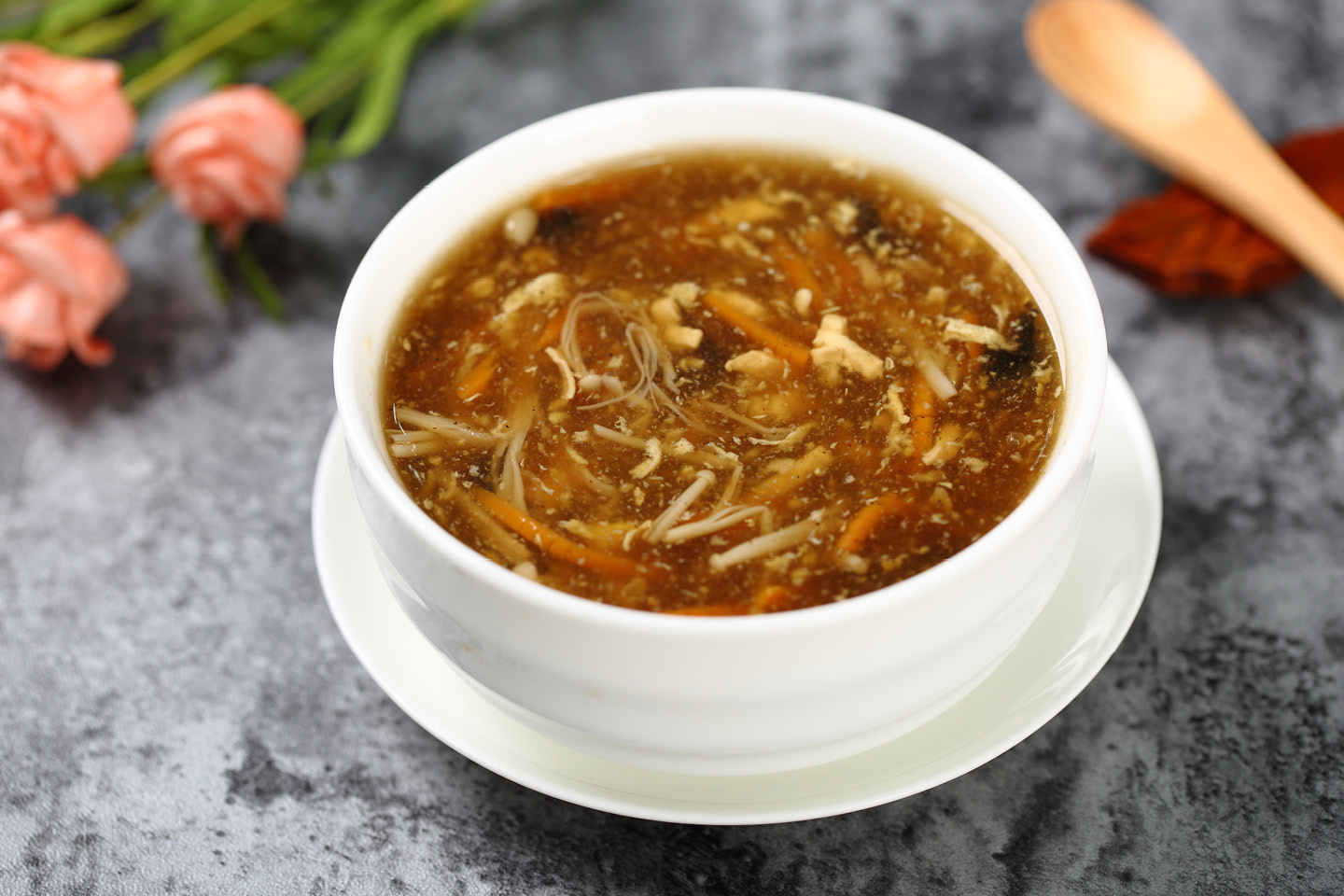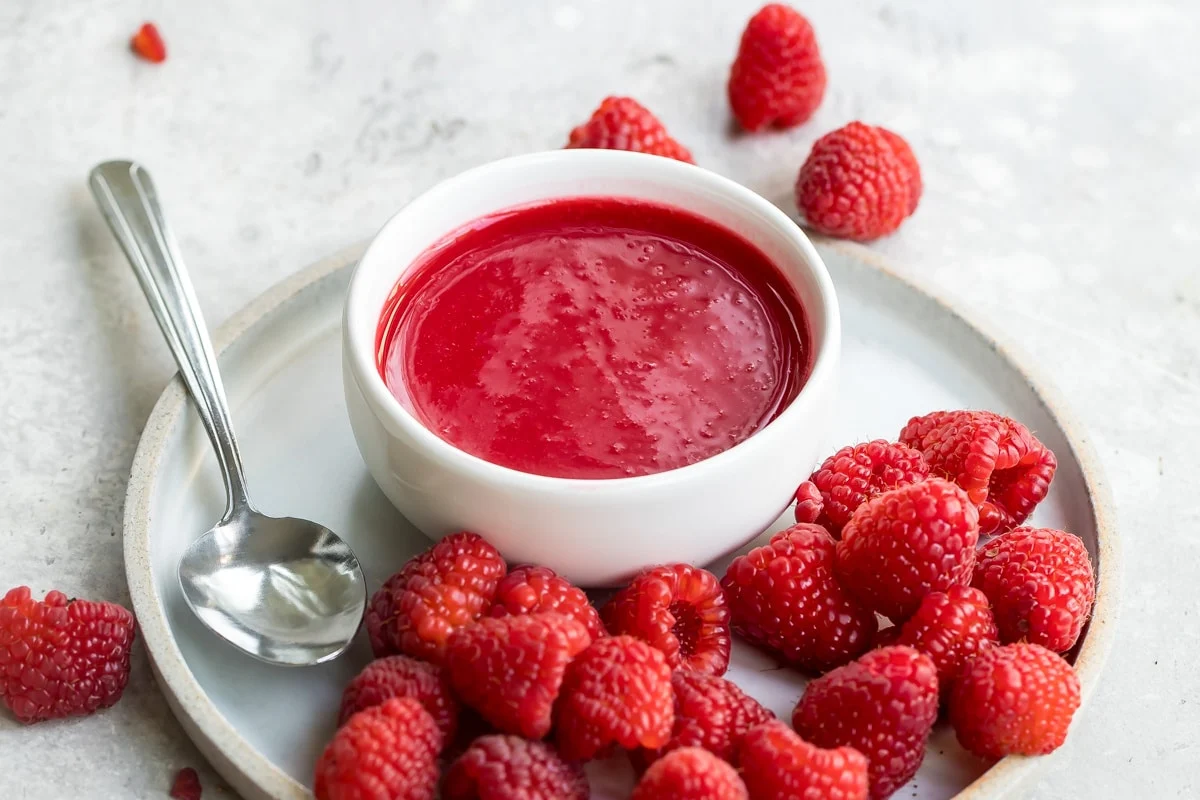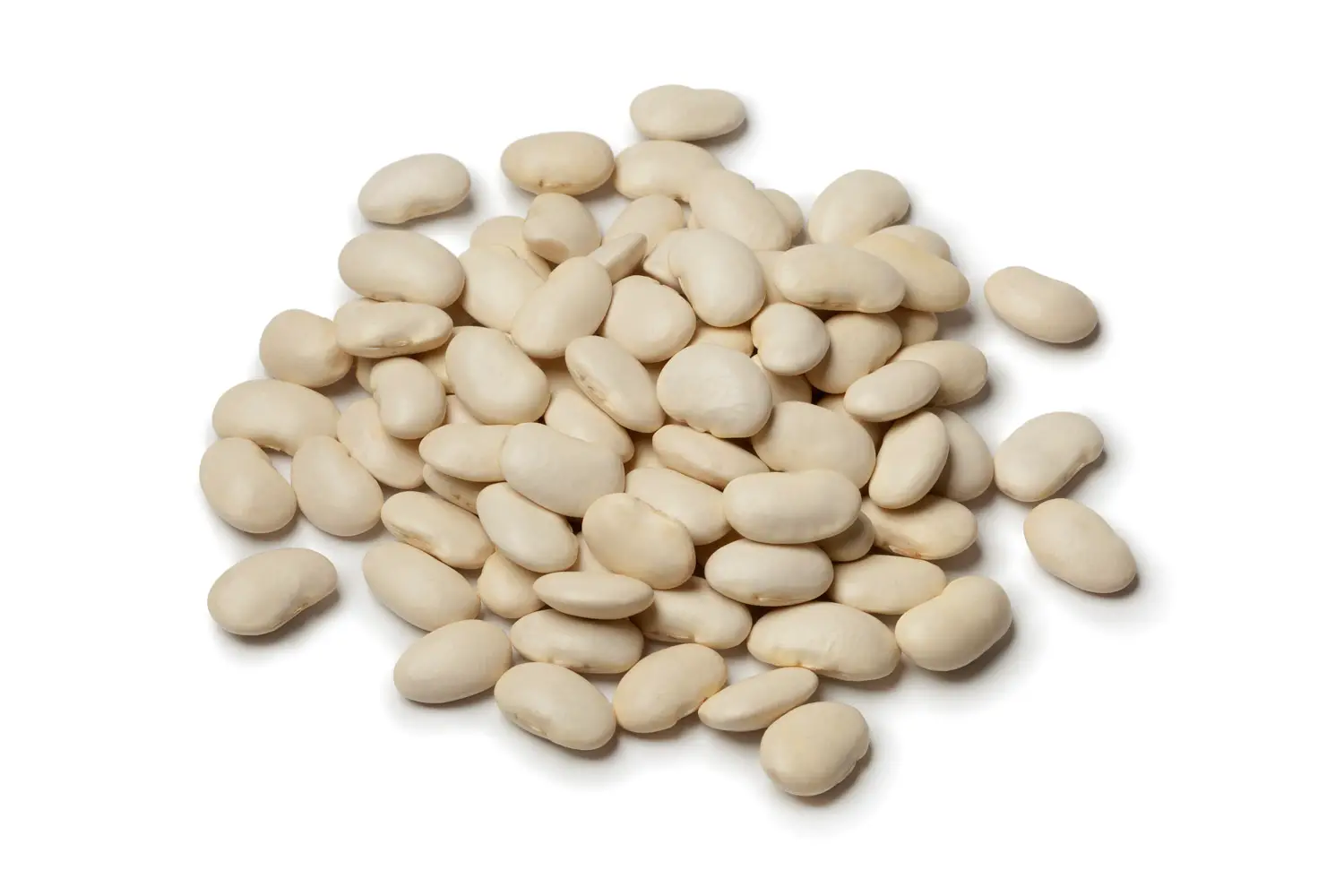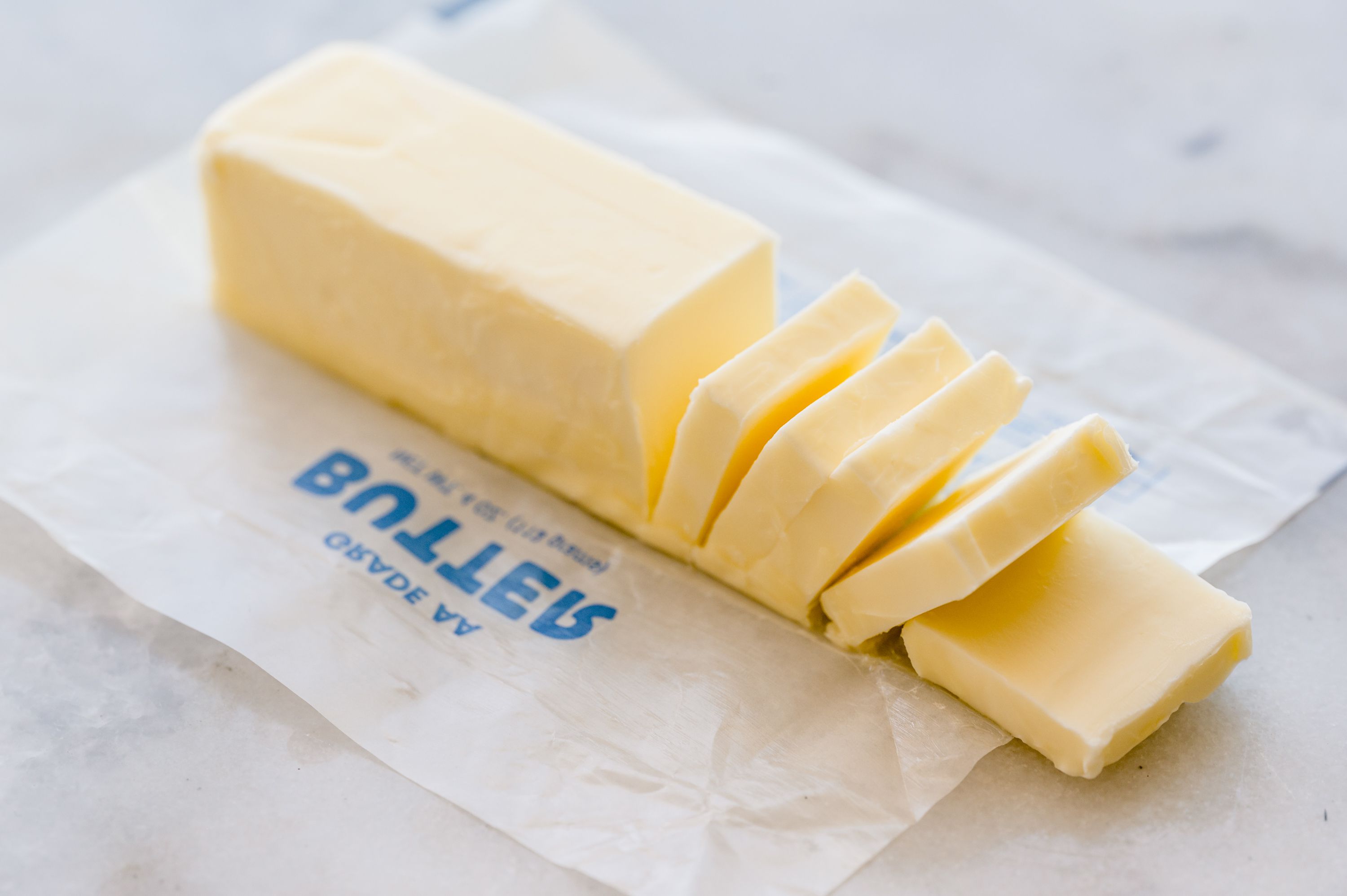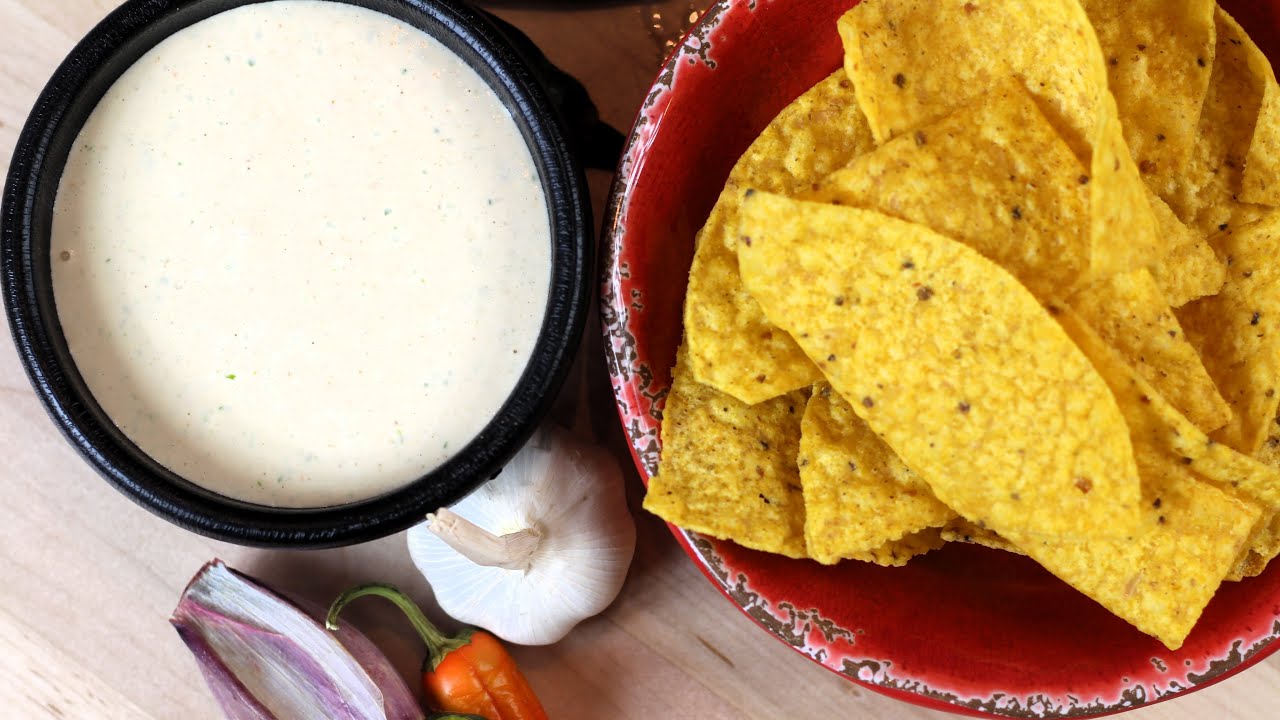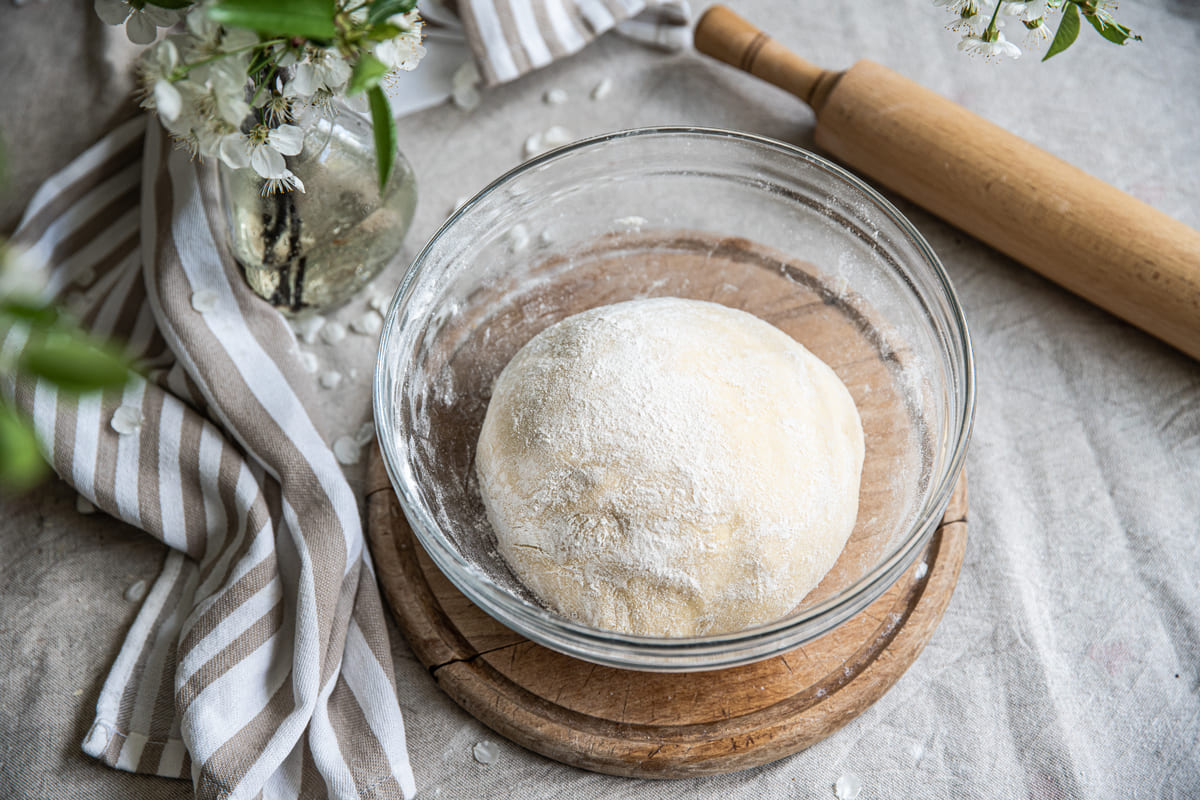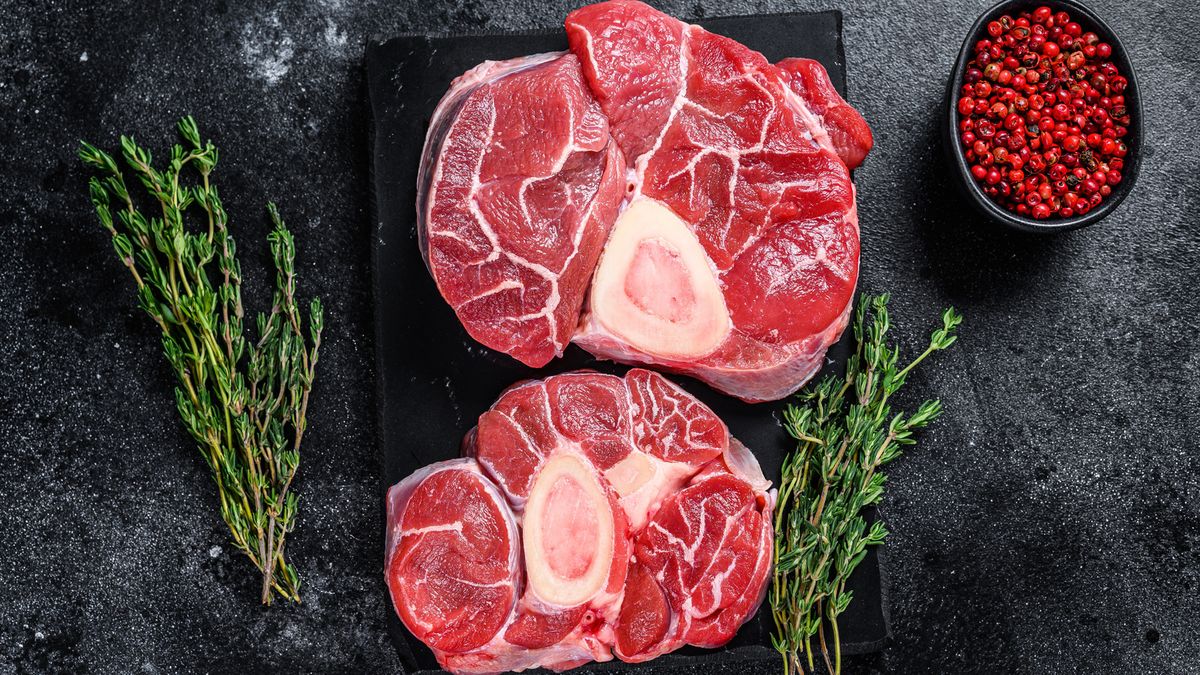When it comes to adding flavor to your salads and dishes, balsamic vinaigrette and balsamic vinegar are two popular choices. While they may sound similar, there are some key differences between the two. Let's take a closer look at each one to understand their unique characteristics and uses.
Balsamic Vinaigrette
Balsamic vinaigrette is a versatile dressing that is commonly used to enhance the flavor of salads, vegetables, and even meats. It is made by combining balsamic vinegar with other ingredients such as oil, herbs, and seasonings. Here are some key points to note about balsamic vinaigrette:
- Ingredients: In addition to balsamic vinegar, balsamic vinaigrette typically contains olive oil, Dijon mustard, garlic, and sometimes honey or other sweeteners.
- Flavor: The addition of oil and other ingredients gives balsamic vinaigrette a well-rounded, slightly sweet and tangy flavor.
- Texture: Balsamic vinaigrette has a smooth, pourable consistency, making it ideal for drizzling over salads or using as a marinade for grilled meats and vegetables.
- Versatility: This dressing is incredibly versatile and can be used in a variety of dishes, from simple green salads to more complex pasta salads and marinades.
Balsamic Vinegar
Balsamic vinegar, on the other hand, is a concentrated, flavorful vinegar that originates from Italy. It is made from the must of white grapes, which is then aged in wooden barrels to develop its distinctive taste. Here are some key points to note about balsamic vinegar:
- Ingredients: Authentic balsamic vinegar is made solely from grape must, without the addition of any other ingredients. It is aged in wooden barrels to develop its complex flavor profile.
- Flavor: Balsamic vinegar has a rich, sweet-tart flavor with hints of fruit and wood from the aging process. It is often described as having a complex, syrupy consistency.
- Uses: Balsamic vinegar is commonly used as a flavor enhancer in a wide range of dishes, including salads, roasted vegetables, meats, and even desserts. It can also be drizzled over fresh fruit or used as a dipping sauce for bread.
Key Differences
Now that we've explored the characteristics of both balsamic vinaigrette and balsamic vinegar, let's summarize the key differences between the two:
- Ingredients: Balsamic vinaigrette contains additional ingredients such as oil, herbs, and sweeteners, while balsamic vinegar is made solely from grape must.
- Flavor: Balsamic vinaigrette has a well-rounded, slightly sweet and tangy flavor, while balsamic vinegar has a rich, sweet-tart flavor with hints of fruit and wood.
- Texture: Balsamic vinaigrette has a smooth, pourable consistency, while balsamic vinegar has a thicker, syrupy consistency.
In conclusion, while both balsamic vinaigrette and balsamic vinegar share the same base ingredient, they are distinct in terms of their flavor, texture, and uses. Whether you're looking to dress up a salad or add a burst of flavor to your favorite dishes, understanding the differences between these two popular condiments can help you make the perfect choice for your culinary creations.
Was this page helpful?
Read Next: What Is A Vegetable Similar To Broccoli?
